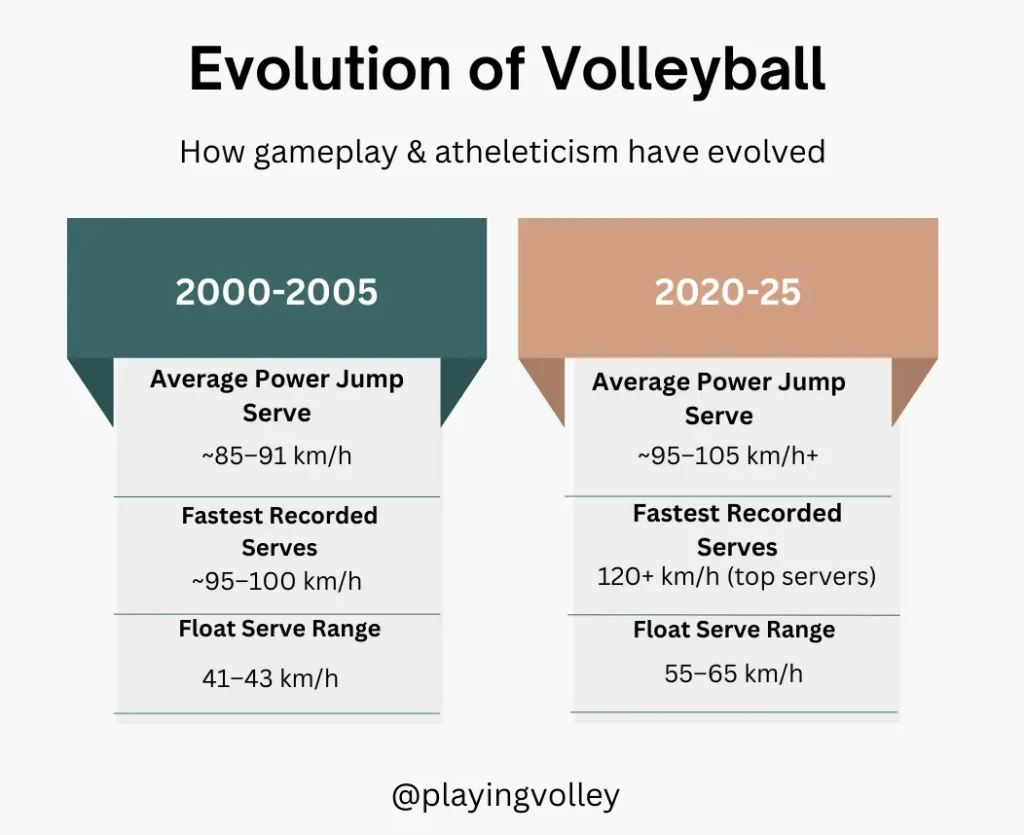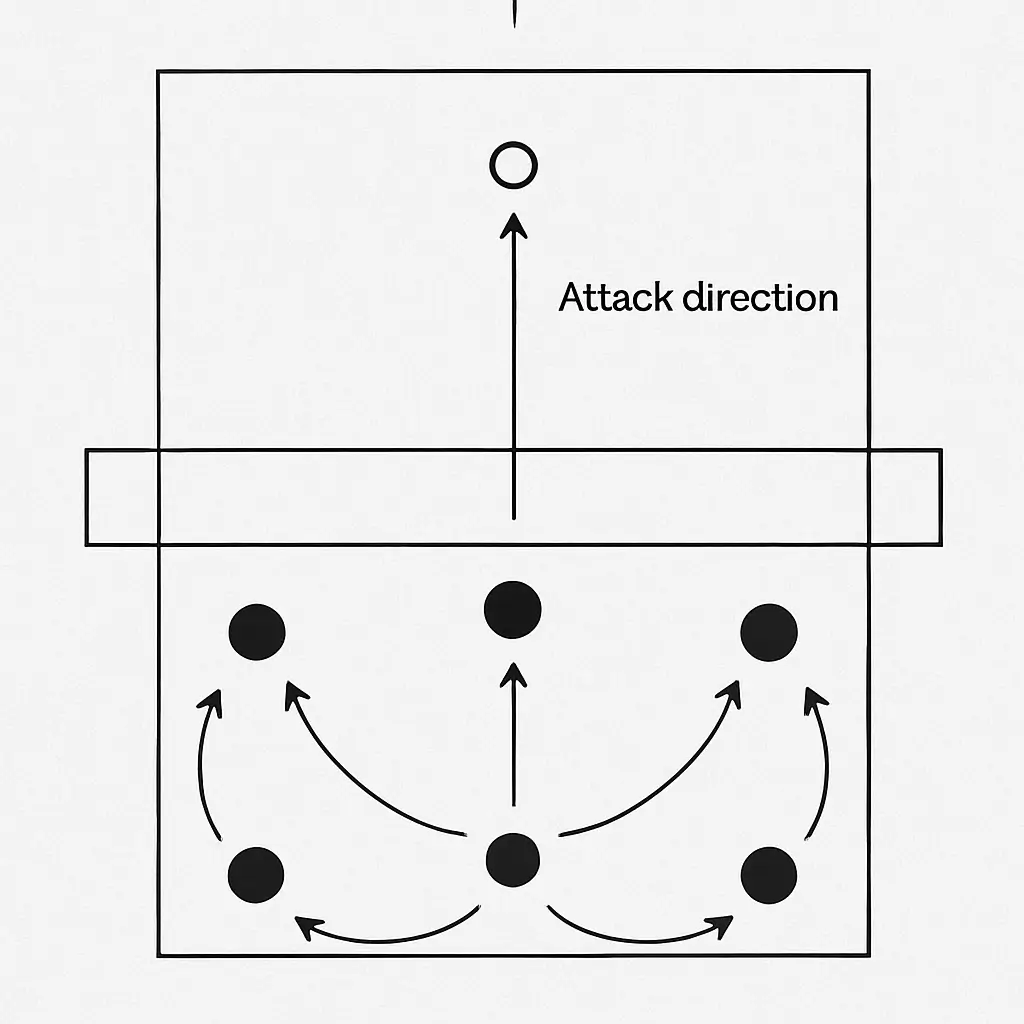Watching the recent FIVB World Championships, I found myself leaning forward in amazement as teams executed plays that would have seemed impossible during my college career. The speed, the precision, the sheer athleticism – it was like watching an entirely different sport.
I remember discussing strategy with my old college teammates after watching the Tokyo Olympics, and we were all struck by the same realization: the game we played just a decade ago feels almost outdated compared to what’s happening at the international level today. Players are faster, more versatile, and the tactical complexity has reached new heights. What really caught my attention was how these elite teams were redefining traditional positions and creating hybrid roles that maximize each player’s unique strengths.
As a coach, I’ve learned that staying current with international volleyball trends isn’t just about admiring world-class talent – it’s about identifying innovations that can be adapted for players at every level. The tactical shifts happening in professional volleyball today will become the standard techniques taught in high school gyms tomorrow. Understanding these changes gives us a competitive advantage and helps our players develop skills that align with volleyball’s evolving future.
In this article, we’ll explore the most significant developments in international volleyball and how you can apply these insights to your coaching. From lightning-fast offensive systems to the rise of hybrid player positions, we’ll break down the trends that are reshaping the sport and provide practical strategies for implementing these concepts with your team. Whether you’re coaching youth players or seasoned competitors, you’ll discover how to bring world-class innovations to your own gym. Let’s dive into the future of volleyball together!
The rise of faster sets
One of the most noticeable international volleyball trends lately is the move toward faster sets volleyball. Teams at the FIVB and Olympics aren’t waiting around – they’re speeding up the game.
Instead of high, slow sets, setters are delivering quicker, sharper balls that catch blockers off guard.
This fast tempo does two things: it puts pressure on the opposing defense and gives attackers a better chance to score before the defense can react. You’ll see quick middle attacks and rapid combinations all over the court.
For club volleyball coaching tips, training your setters and hitters to execute faster plays can make a huge difference.

Focus on drills that improve timing, reaction speed, and communication. Teach setters to trust their hitters and push the pace without losing control.
By encouraging this faster style, you prepare your team to play more dynamically – just like the best teams using the latest FIVB volleyball strategies.
Hybrid positions changing the game
One of the coolest things happening in international volleyball trends right now is how players are becoming real all-rounders. Welcome to the world of hybrid positions volleyball!
No more sticking to just one role – players now switch it up.
Maybe an outside hitter steps in as an opposite or even helps out in defense. This kind of versatility keeps opponents guessing and makes your team way more flexible during the game.
If you’re looking for smart club volleyball coaching tips, start encouraging your players to try different spots in practice. Building volleyball player versatility means your team will have more tricks up their sleeves and can adapt on the fly.

This shift fits perfectly with the latest Olympic volleyball tactics and will help your team stay ahead no matter what happens on the court.
Tactical shifts at the international level
The game keeps changing, and the best teams are always finding new ways to stay ahead. These volleyball tactical shifts aren’t just for the pros – they’re lessons every coach can use. Let’s break down what’s new and how you can bring it to your team.
Increased use of complex offensive systems
Nowadays, offense isn’t just about hitting hard. Teams run tricky volleyball offensive systems like combination plays that keep blockers guessing. Quick attacks zoom in before the defense can settle, making it tougher to predict where the ball will land. For your club, try drills that speed up decision-making and help players spot blockers early.
Defensive innovations: Read-and-react and perimeter defense
Defense is getting smarter, too. Instead of sticking to fixed spots, players use “read-and-react” skills – watching hitters and moving quickly to block or dig. Perimeter defense spreads players wider, covering tricky angles attackers love. Training your team to read opponents’ moves and react fast will level up your defense.
Adjustments in serve and serve receive strategies
Serving is more than just power now – it’s a weapon to mess with the other team’s rhythm. Coaches focus on targeting weaker passers and forcing tough returns. On the flip side, serve receive is all about quick, clean passes that launch fast attacks. Teach your players to serve smart and handle pressure to keep up with the latest FIVB volleyball strategies.
How club coaches can incorporate tactical awareness and adaptability
Here’s the secret: bring these volleyball tactical shifts into practice. Use clips from international games to show real examples. Run drills where players have to think on their feet and adjust quickly. Encourage teammates to talk and change plans during matches. This builds a team that’s flexible, sharp, and ready for anything.
What club coaches can apply today
Watching international volleyball can feel a bit overwhelming, but the best part is that many of those cool international volleyball trends can work wonders for your club team too. Let’s break down some simple ways to bring those big-stage ideas into your everyday coaching.
Emphasizing speed and quick decision-making in drills
The game is faster than ever. With faster sets volleyball and quick attacks ruling the day, training your players to think and move fast is a must. Try drills that force quick decisions and lightning-fast reactions. It’s like teaching your team to play chess at volleyball speed – fast and smart!
Encouraging player versatility and multi-positional training
Today’s players need to be ready for anything. The rise of hybrid positions volleyball means having athletes who can play multiple roles is a huge plus. Give your players chances to try different positions and build volleyball player versatility. This keeps things fresh and gives you more options when the game gets tough.
Fostering tactical intelligence through video analysis and situational drills
Understanding the game mentally is just as important as physical skills. Use clips from FIVB or Olympic matches to show your team how pros handle tricky situations. Then, practice those scenarios in drills. This builds volleyball tactical shifts right into your players’ brains – helping them make smart moves without thinking twice.
Building physical conditioning for fast-paced, dynamic play
Top teams don’t just move fast – they keep moving fast for the whole match. Make sure your conditioning matches the pace. Focus on agility, quickness, and stamina to keep up with today’s demanding volleyball offensive systems and volleyball defensive strategies.
Using data and performance tracking to inform coaching decisions
Coaching smarter means using data, not just gut feeling. Even simple tracking of player performance can show what’s working and what needs work. This approach fits perfectly with modern FIVB volleyball strategies and helps you coach your team to new heights.
Evolution of International Volleyball
Volleyball is changing fast, and if you want your team to keep up, learning the latest international volleyball trends is key. From lightning-fast faster sets volleyball to players stepping into new roles with hybrid positions volleyball, plus smart volleyball tactical shifts happening on the big stage – it’s a lot, but it’s exciting!
By bringing these ideas into your coaching toolbox with practical club volleyball coaching tips, you’re giving your players the edge. Helping them become more versatile, think faster, and understand the game better will make your team tougher and more ready for anything.
Remember, the best coaches don’t just copy the pros – they use FIVB volleyball strategies and Olympic volleyball tactics to build their own style and smarter teams. So take these lessons, mix them with your own coaching flair, and watch your players shine on the court.
FAQs on international volleyball trends
1. How can I safely bring in faster sets volleyball at my club?
Start by taking it slow. Practice timing and clear communication between your setter and hitters. Once they get comfortable with clean, quick sets, you can speed things up. It’s a great way to introduce the exciting international volleyball trends without overwhelming your team.
2. Why should I focus on volleyball player versatility?
Because hybrid positions volleyball is changing the game! Players who can handle multiple roles give you more options and make your team flexible during matches. Teaching versatility keeps your squad ready for whatever comes their way.
3. What’s the best way to teach tactical awareness?
Show your players clips from FIVB and Olympic games. Seeing real examples of volleyball tactical shifts helps them understand the game better. Then, use drills where they make quick decisions to build that smart, on-the-fly thinking.
Definitely! Just adjust the complexity to fit their skill level. Start simple and add more as they grow. Introducing these ideas early helps build a solid foundation for future success.
Hey Ryan, As usual great article.
I have a quick one – You talked about the evolution of the ‘Pipe Attack’ and quick tempos.
What are the biggest challenges setters and hitters face when trying to implement these modern systems at a high school or college level?
hey Jill,
Thanks for that thoughtful question! Here is my take on your question – please bear with me as the answer will be little long. Do mail me if you have additional question –
The biggest hurdles setters face are timing and court vision. The pipe attack requires incredibly precise timing – you’re setting a ball behind you to a hitter who’s approaching from the back row. In high school, most setters are still mastering basic front-row sets, so adding this back-row element really tests their spatial awareness. I remember our setter in college struggling with this initially because she had to develop almost a sixth sense about where her hitters were without looking.
For hitters, the approach timing is everything. Modern quick tempos mean you’re starting your approach before the setter even touches the ball. That level of trust and timing takes hundreds of reps to develop. At the high school level, players are often still learning proper approach mechanics, so asking them to speed everything up can lead to mistimed hits or players arriving too early or late.
The physical demands are also significant. These systems require explosive jumping ability and quick reactions. High school players might have the athleticism, but they often lack the strength and conditioning base that makes these attacks truly effective. College players are better equipped physically, but even then, it takes time to build that coordination.
Communication becomes critical too. In a team play, communication is always important but it’s at another level now.Modern volleyball systems rely heavily on clear, quick communication between setters and hitters. The faster the tempo, the less room for error in calling plays or adjusting mid-rally.
My advice? Start with mastering the fundamentals – solid passing, consistent setting, and proper approach mechanics. Once those are automatic, gradually introduce faster tempos and more complex attacks like the pipe. The evolution of volleyball is amazing, but the basics still win games!
What position did you play, or are you coaching these systems yourself?
lots of learning points. thank for creating this list.